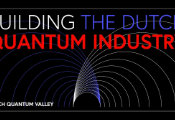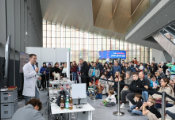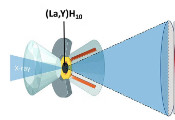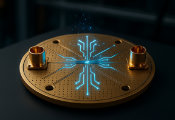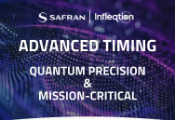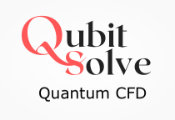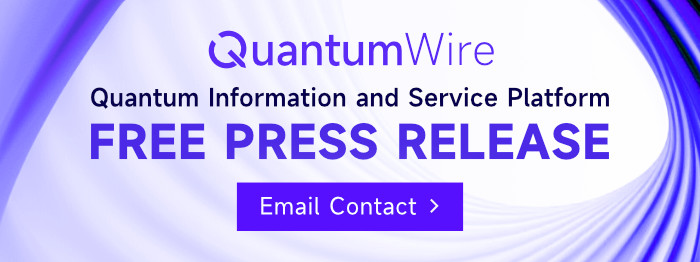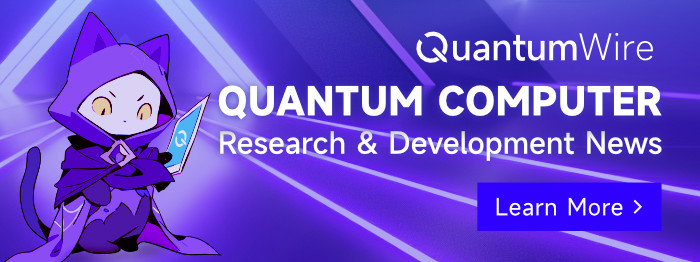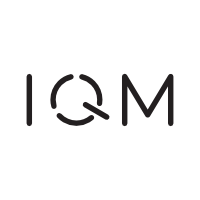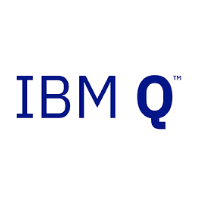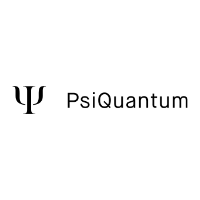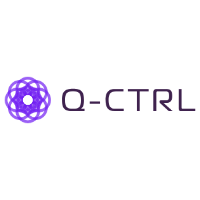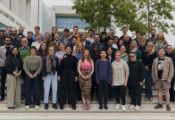Quantum Key Distribution Link Established on Ohio State Campus for the First Time
June 13, 2025 -- Researchers at The Ohio State University recently demonstrated quantum key distribution (QKD) between two separate buildings on the Columbus campus for the first time using in-ground optical fiber. This represents a major milestone for cybersecurity enabled by quantum information science and engineering at the university.
The research community worldwide is in the early stages of building infrastructures and validating principles of QKD, which uses properties found in quantum physics to provide information security.
“QKD links are a stepping-stone for a much larger entanglement-based quantum network that will ultimately become the quantum internet,” says Ronald M. Reano, professor of electrical and computer engineering.
The quantum link on campus interconnects a transmitter, named Alice, located at the Ohio Academic Resources Network (OARnet), with a quantum receiver, named Bob, located at the Electroscience Laboratory (ESL). In the experiments, Alice transmits single photons to Bob via optical fiber. These photons are encoded utilizing a QKD protocol that allows Alice and Bob to share a secret key for encryption to which only Alice and Bob have access.
QKD theoretically provides information-theoretic security, in contrast to classical protocols, which have an increasing breach probability with time. “An attempt by an eavesdropper to obtain the secret key will reveal their presence,” says Reano, the principal investigator on the project.
The team has set up the link to operate continuously with battery backup in the event of a power failure.
Collaboration with OARnet has brought quantum technology into the orbit of real-world operators that ensure classical internet connectivity today.
“Working closely with researchers at Ohio State has allowed us to think strategically about the future of quantum information as it relates to information security on the campus as well as statewide,” says Pankaj Shah, executive director of OARnet. “Quantum is no longer just an abstract notion for us, which is very significant as we consider the interplay between classical and quantum technologies.”
Funding support for the research has been provided by the U.S. Department of Education and the Ohio Department of Higher Education Third Frontier Initiative. The new quantum link will be managed by Ohio State’s Center for Quantum Information Science and Engineering, co-led by Reano and Ezekiel Johnston-Halperin, professor of physics. Next, the team plans to transmit single photons from Columbus to Dayton, Cleveland and, eventually, Chicago.
The team will also explore a variety of use-cases, including those found in the financial and medical sectors, which transmit highly sensitive information that requires long-term security over many years.
“It is an incredible experience to work with quantum hardware and bring theoretical ideas into the real world,” says physicist Wendson de Sa Barbosa, a postdoctoral researcher working on the project.

